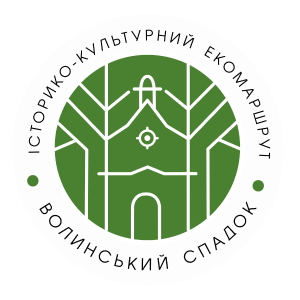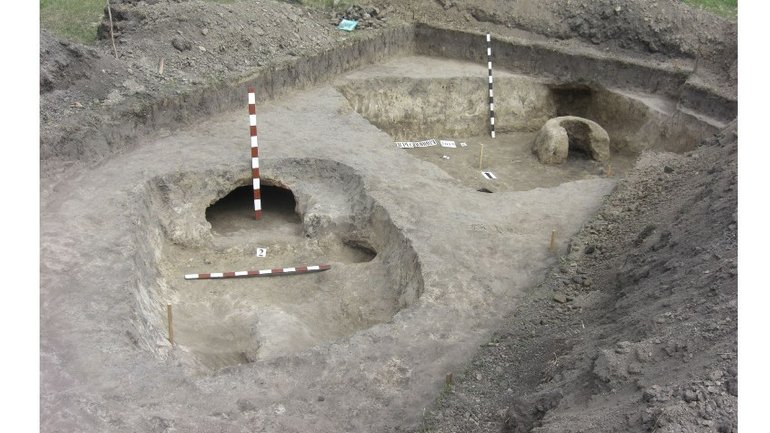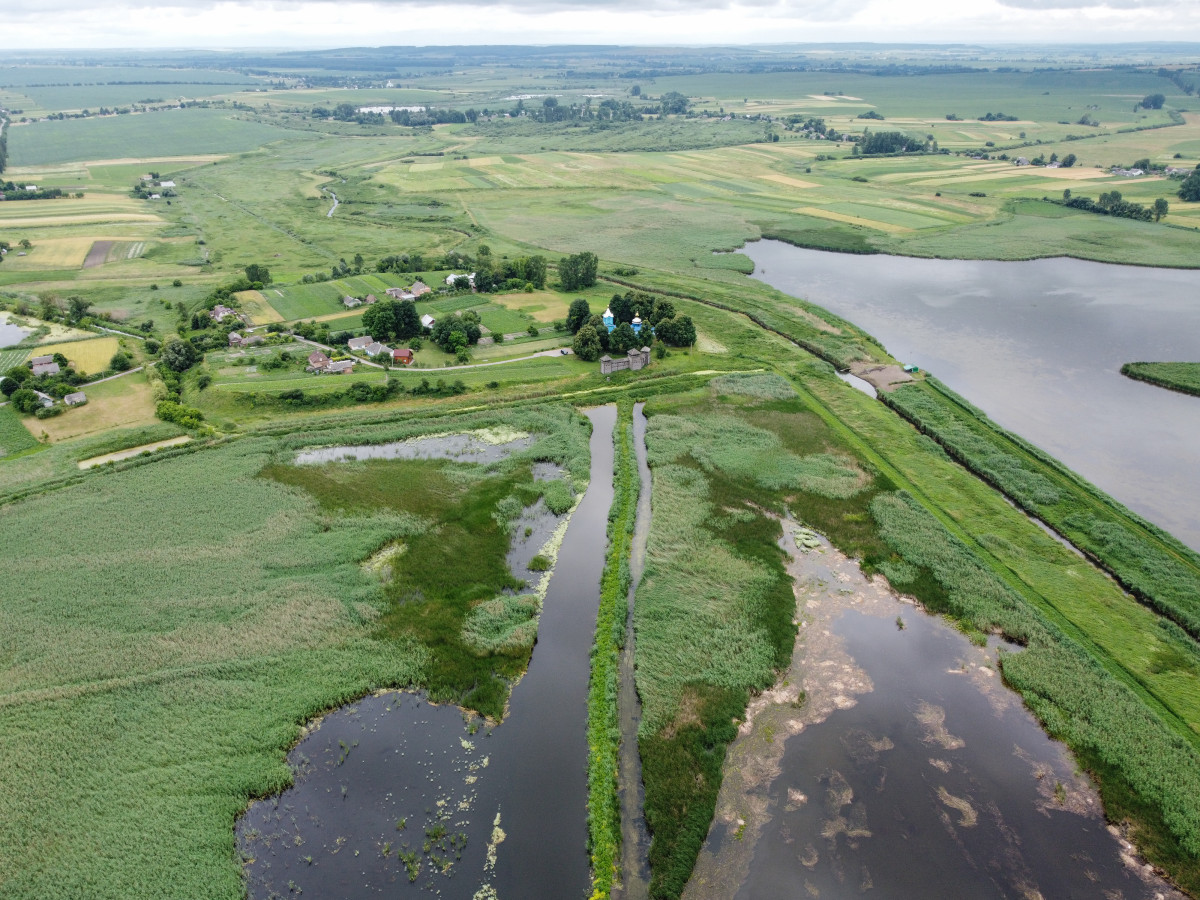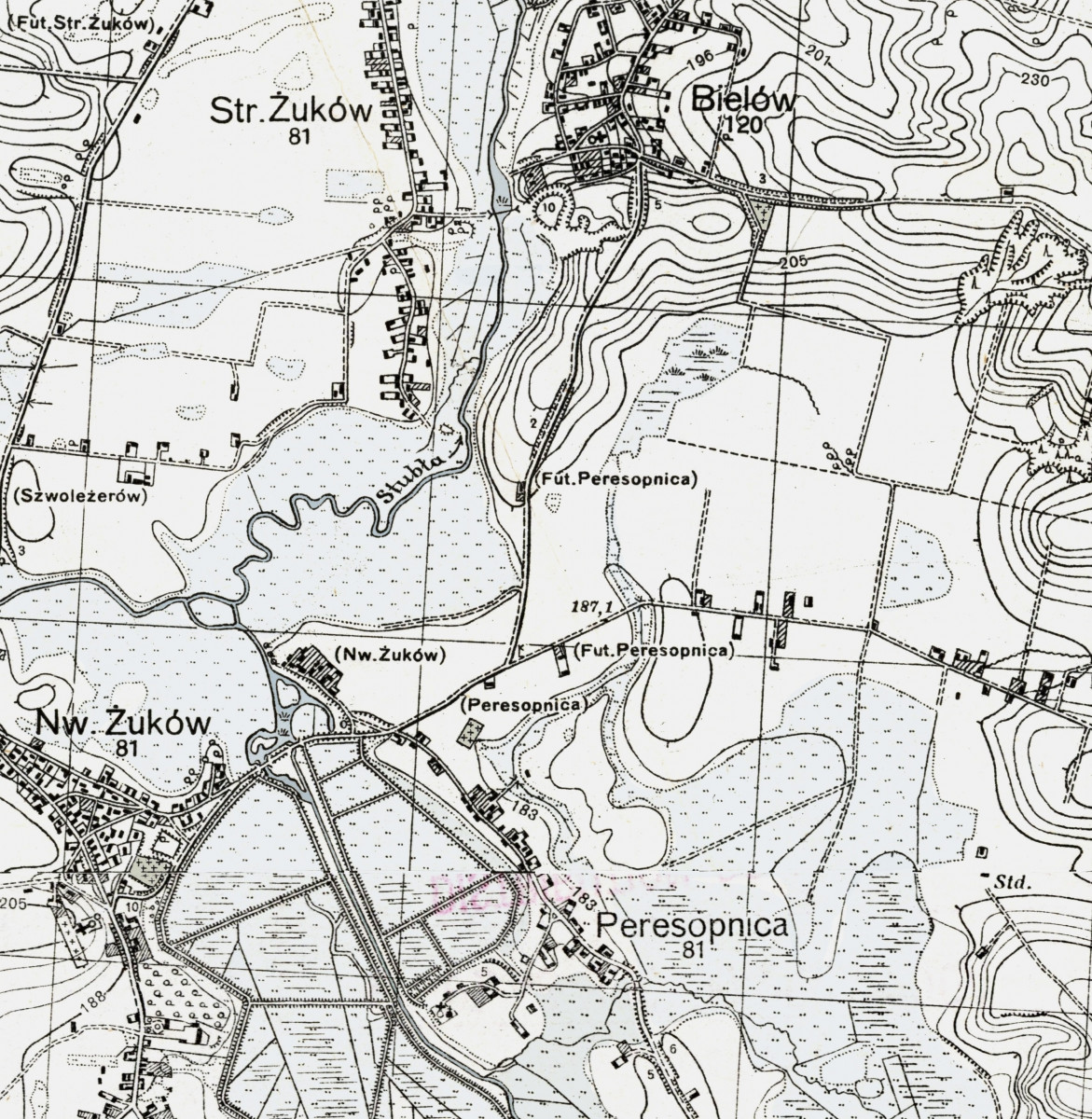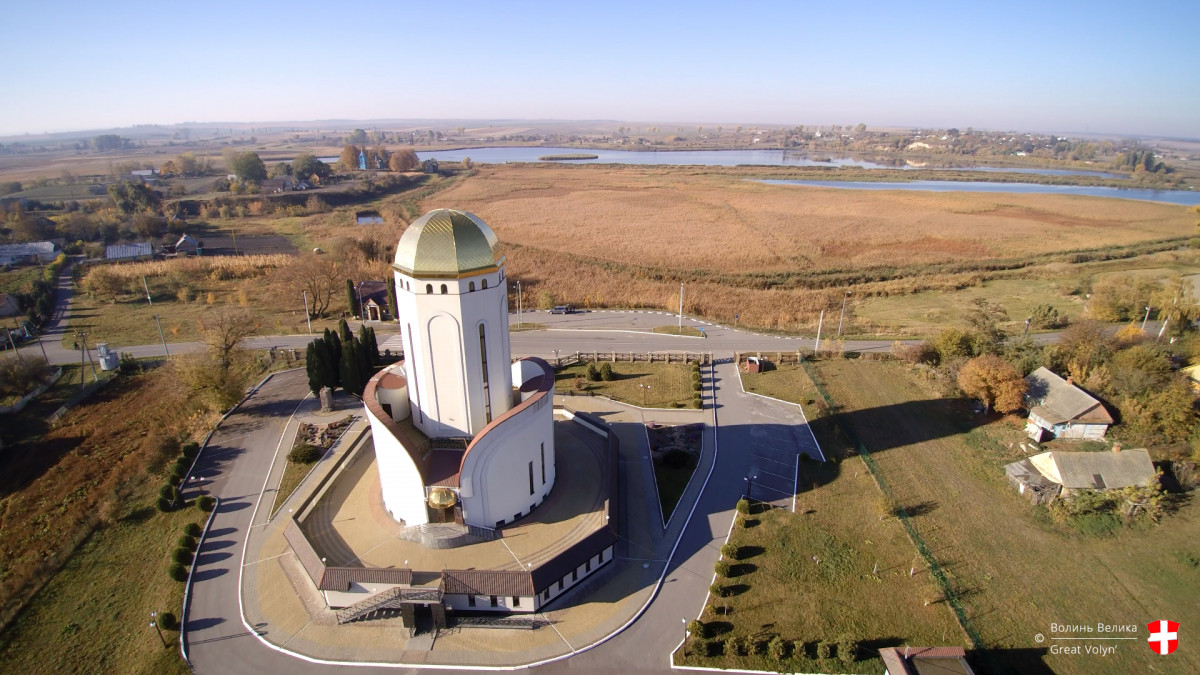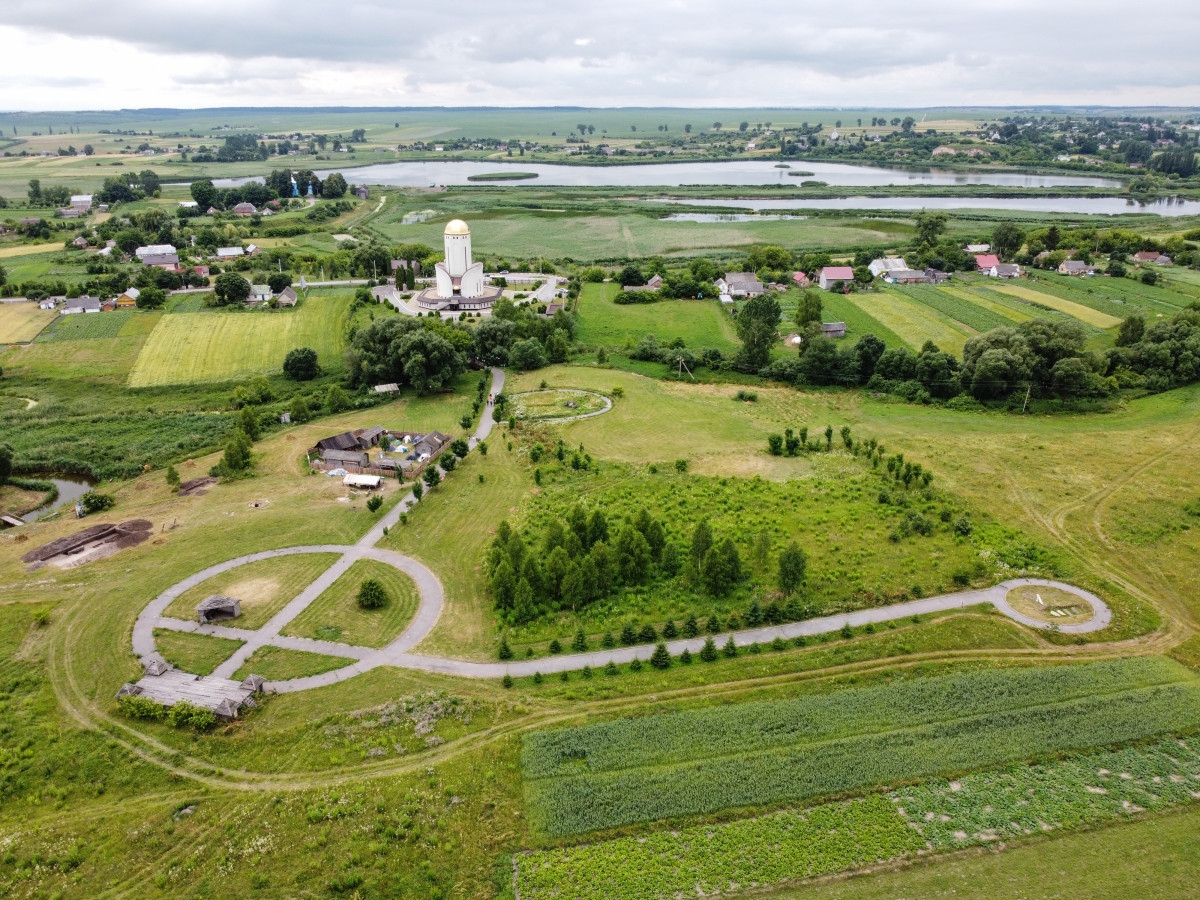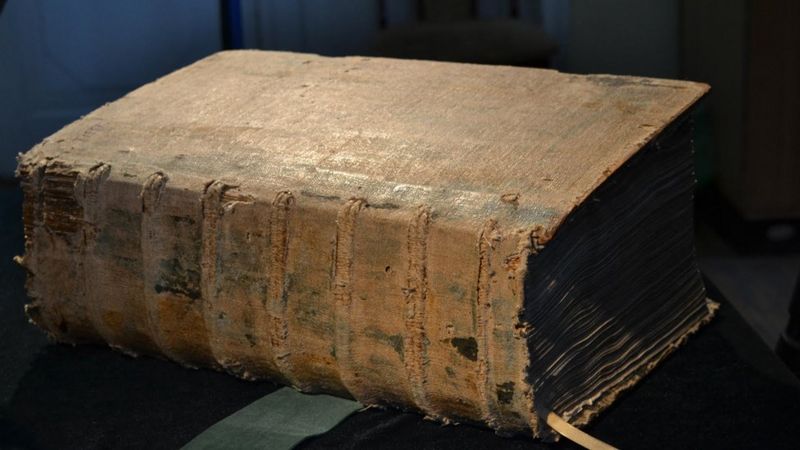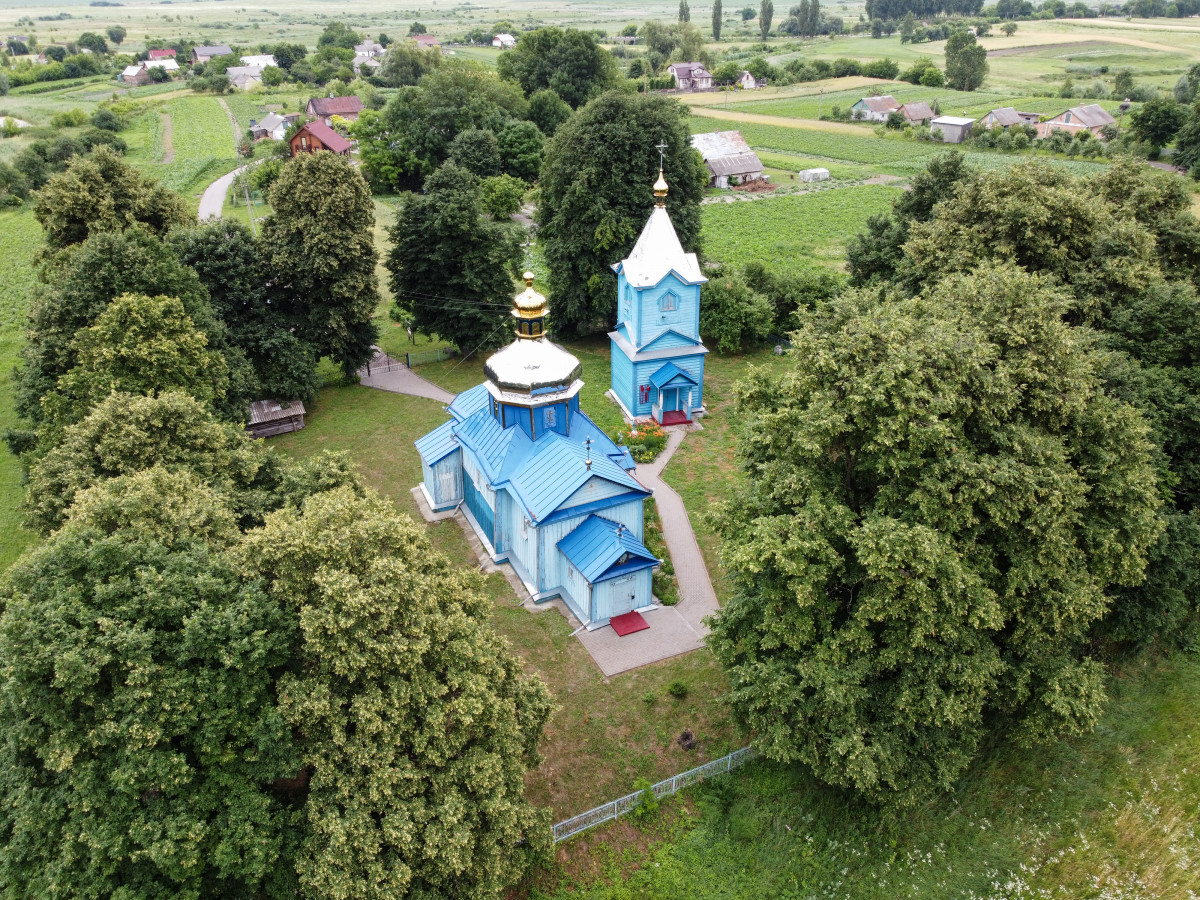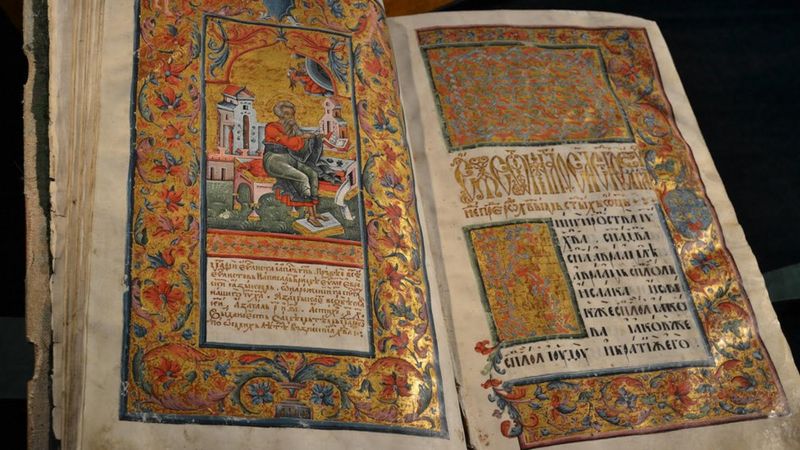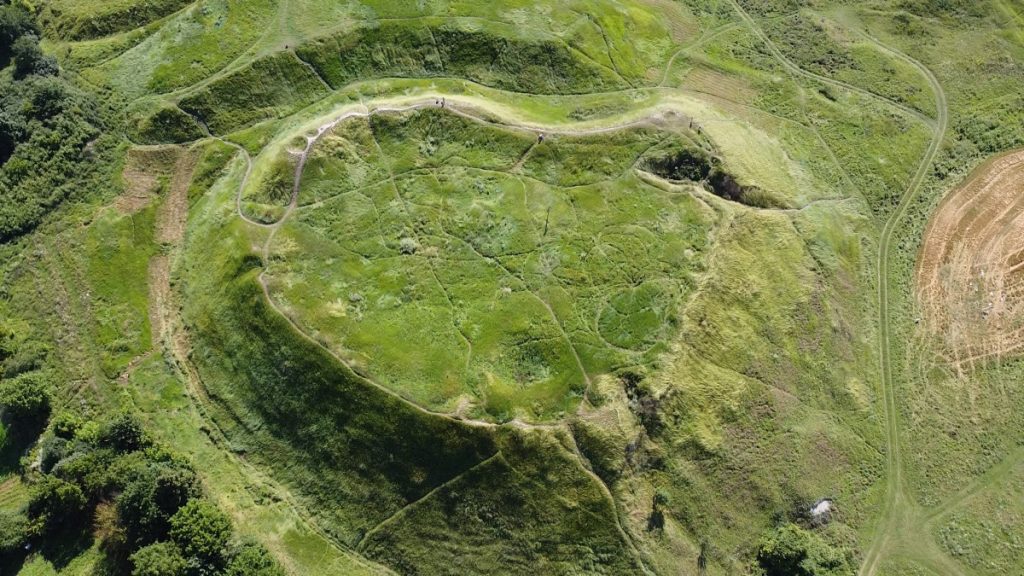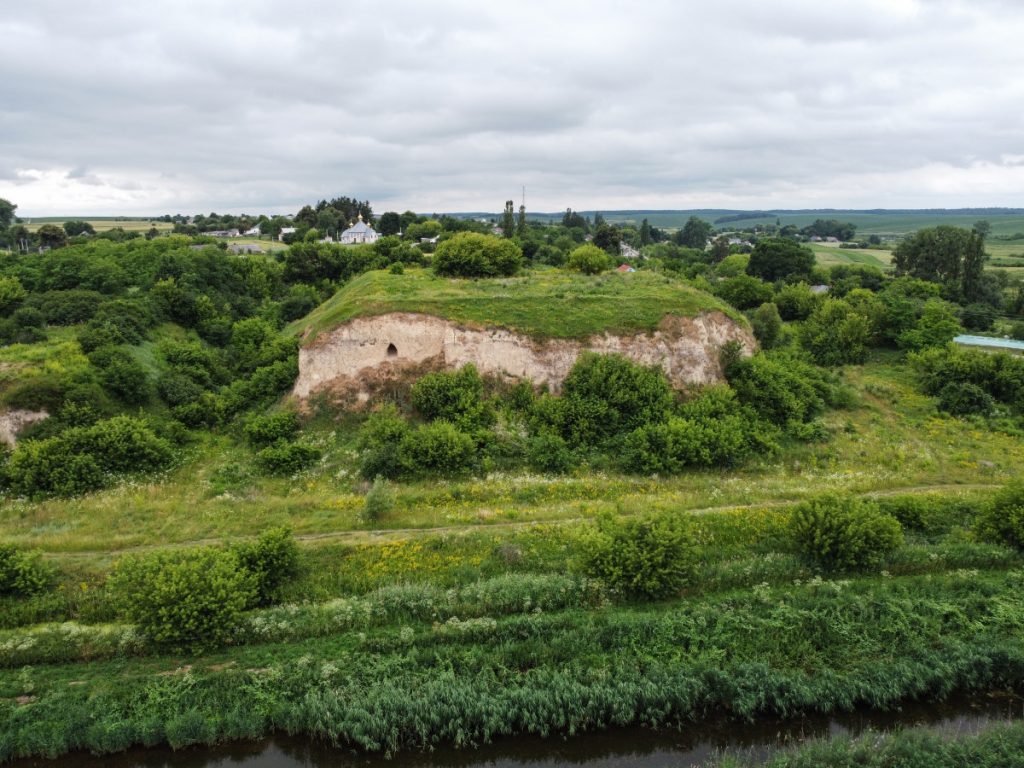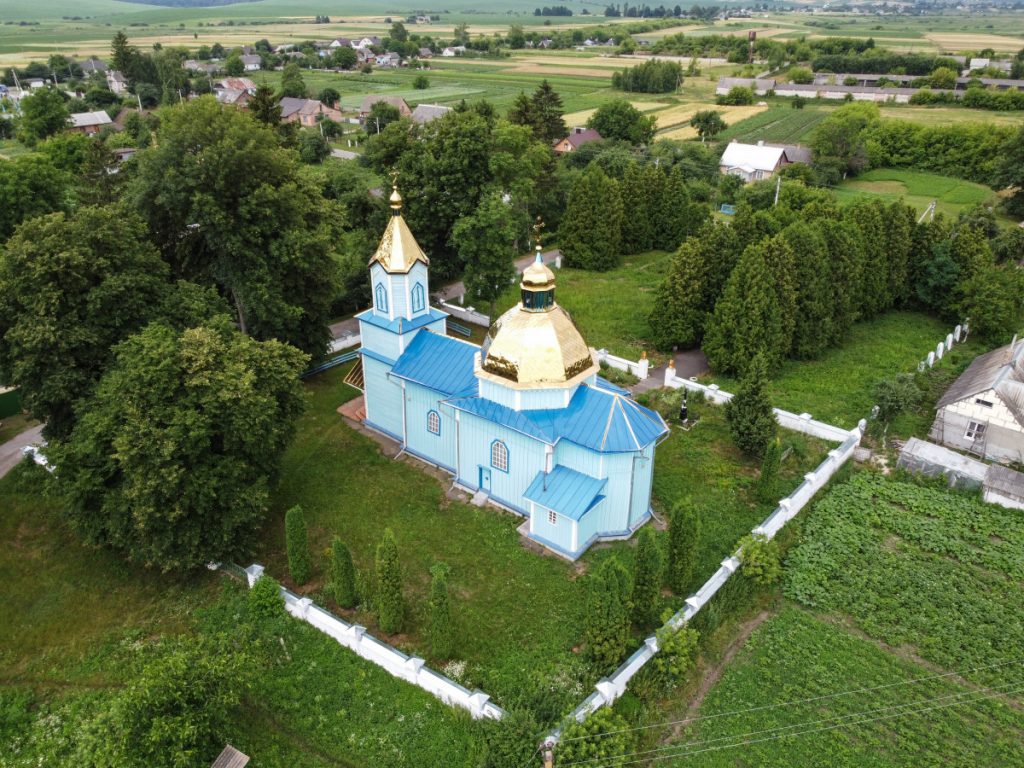One of the oldest historical settlements in Ukraine.
As the princely capital of the south-western Pohorin, the town of Peresopnytsia played a significant role in the history of Ukraine in the X-XV centuries, as its political and cultural center.
Peresopnytsia was first mentioned on the pages of the Rus` Chronicle in 1149 as the center of Pohoryn volost. It occupied one of the leading places among the settlements of ancient Rus`.
For a hundred years it was the center of the principality of the same name, which belonged to the Rurik family.
During the middle-second half of the XII century Peresopnytsia competed for the role of the first city in the eastern part of Volyn.
After the Mongol-Tatar destruction, Peresopnytsia together with the surrounding lands, became a part of the Galicia-Volyn principality – the Kingdom of Rus`.
In 1505, King Alexander of Poland gave Peresopnytsia to Fedor Chortorysky and for the next 268 years the settlement belonged to the Chortorysky family.
At the turn of the XIV-XV centuries, political functions were transferred from Peresopnytsia to the castle in Zhukov and Klevan became the economic center of this part of Volyn, so the town gradually declined.
Only the monastery of the Nativity of the Blessed Virgin, located in Peresopnytsia, reminded people of the past grandeur of the town after the loss of its status in the XV-first half of the XVII centuries. The Peresopnytsia Gospel was written in this monastery during 1557-1561. The book is a masterpiece of Ukrainian Renaissance culture and a symbol of statehood – the Presidents of Ukraine take the oath, holding a hand on the Peresopnytsia Gospel.
In 1630, after the Brest Union, the Monastery of the Nativity of the Blessed Virgin was transferred to the eternal possession of the Klevan Jesuit Collegiate, and later disassembled.
Since then, Peresopnytsia has been a small, typical Volyn village, which is gradually restoring its lost history and becoming a dynamic tourist location.
Architectural Sites of National and Local Significance:
The Hillfort of Peresopnytsia. The archaeological site of national significance dated XI-XIII centuries. The hillfort is located in Shpykhlir tract on the western outskirts of modern Peresopnytsia. The settlement is trapezoidal in shape with a rounded southern corner, the so-called “Volyn type”, and covers an area of more than six hectares.
St. Nicholas Church with a Bell Tower. Located on the mound of Peresopnytsia, the church was built in the XVIII century, on the site of an older temple. The church is an important spiritual building that best represents Volyn architectural tradition.
The Ancient Stone Cross is located in Pastivnyk tract and its original height reached two meters. Scholars suggest that the locals, who died in the fight against the Mongol-Tatars, were buried here centuries ago.
The Cultural and Archaeological Center “Peresopnytsia”. The center was built in 2011 and consists of the Peresopnytsia Gospel Museum, the Archaeological Museum and the Princely Town Open-Air Museum. The Center is dedicated to the constant development and continuity of archaeological research as an important source of information on the history of Peresopnytsia and its surroundings.
